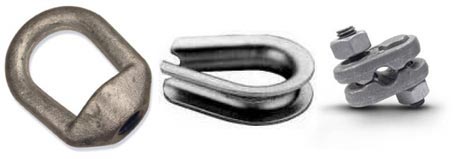Lifting operations, above all else, need to be safe. Speed is important for a moving business, but accidents occur when speed becomes more important than safety. OSHA claims that most rigging and lifting accidents are caused by human error, which means that with proper training and performance, these problems can often be avoided.

Rigging supplies and hardware are essential tools that increase performance and safety. It is important to be well informed about wire rope construction and capacity, which is also the case for rigging supplies. All operators need to know:
1. Which equipment to use
2. How to properly apply and use equipment
3. The exact working load limit of ropes and rigging supplies
Knowledge of what supplies to use and how to use them is step one of the safety protocols, but after that, you must engage in thorough, frequent, and detailed inspections and maintenance. Like with wire ropes, inspectors should be looking for signs of:
1) Cracks
2) Chips
3) Wear
4) Surface damage
5) Mismatched parts
6) Corrosion
7) Rust
8) Fraying
9) Discoloration
Rigging supplies come in various types and materials, so it is important to understand the difference between parts. For instance, an Eye Bolt is used for hoisting, whereas a wire rope clip is designed for making appropriate end terminations. For more information on your options and improving safety, you should not hesitate to contact Bilco.
Related Reading